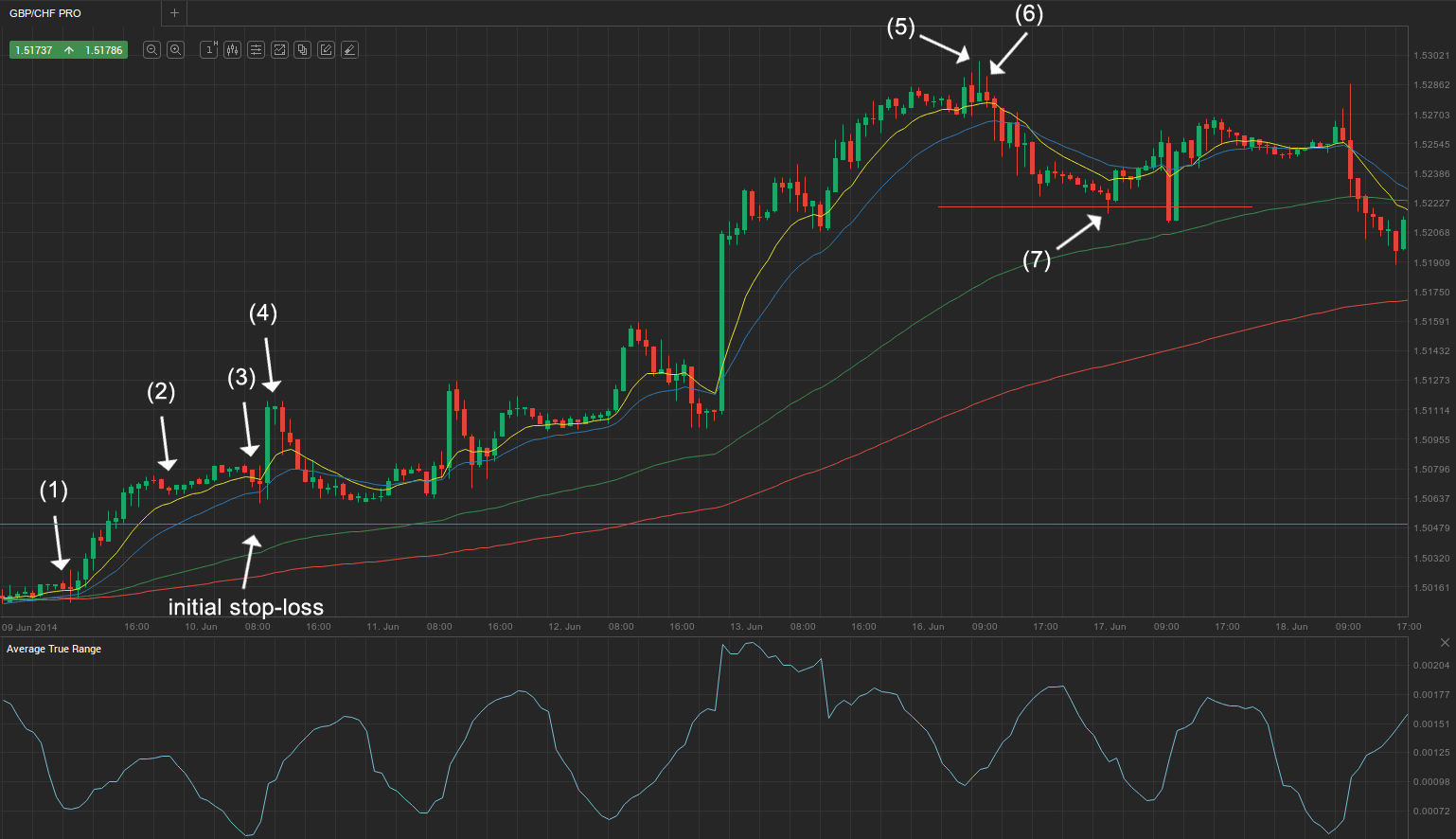
The coin price nosedive below the 20-day offers an extra edge to sellers. Technical IndicatorsĮMAs: the MATIC price reverted from the 200-day EMA slope, indicating an overall bear trend.

On a contrary note, if the relief rally gives a candle closing above $0.875, the buyers will get another opportunity to reclaim $1. If sellers sustain the MATIC price below the $0.875 flipped resistance, the potential downfall could breach the $0.762 support and extend the current correction to $0.673.

Furthermore, the relief rally will likely hit the combined resistance of $0.875 and the 20-day EMA. Thus, an expected bullish reversal from the $0.762 level may trigger a temporary rally to stabilize the aggressive selling. However, the bullish candle backed by low volume activity indicates weakness in bullish commitment. This support level stalled the current correction phase and reverted the MATIC price to 4.35% higher, where it currently trades at $0.8. The post EOS rising: Will it overtake Ethereum? appeared first on Coin Rivet.$0.48 Breakout Could Encourage ADA Buyers For 14% Jump Price Analysis For the time being, kudos to the EOS community for keeping the project as interesting as possible. Will EOS become the go-to network for dApps? That would make EOS the most incredible value capture layer in existence, right after Bitcoin. Just look at Bitcoin, the greatest example of a decentralised network of value. What were looking for are all those stocks where the 20-day moving average is crossing. And we all know the result of increased liquidity in a market: it attracts more players as it is easy to transact and share value. Now lets build up a scan number 2, which is moving average crossover. Moreover, the sheer amount of volume is far superior to any of the other networks, including Ethereum. From the 11 dApps we see in the image above, eight were created on the EOS blockchain, meaning EOS is responsible for about 80% of all dApps and network usage. This information can be found on Dappsradar rankings. The EOS network is currently the most adopted by dApp developers and users, even though a great percentage of dApps are still gambling related. Still, EOS is showing signs of massive strength This could in turn lead to some serious issues around social centralisation and collusion. Lack of rewards could damage the network: If there aren’t’ enough rewards and incentives for block producers, as discussed above, then they won’t have an incentive to forge all transactions. That leads to an exponential centralisation of the network which can result in a third party controlling most of the data and, potentially, forging power. This can obviously be problematic, as if there are no incentives for nodes to keep historical data, they simply won’t.
#Screener 20 day ema crossing 200 ema full#
Apparently, only two block producers have the full blockchain history.

One of the issues with this is that, due to the fact users tend to access recent data, block producers aren’t keeping the full history of the blockchain. Step 1: Wait for the 50-day EMA to cross below the 100-day EMA.

The third moving average is the 100-day MA, which is a medium-term MA situated between the other two moving averages. The network is growing too big: At the time of writing, the EOS blockchain is four terabytes in terms of size. The double death cross strategy employs one more moving average that will help you anticipate when the death cross signal will occur. Some problems have arisen from all these performance gains and due to the fact the EOS network is considerably more centralised than Ethereum. Still, EOS is also upgrading and improving its network performance.
#Screener 20 day ema crossing 200 ema update#
Of course, this data comes prior to Ethereum’s Constantinople update and the move of its consensus algorithm to PoS (proof-of-stake), which is coming soon. If we compare EOS to Ethereum, this is the result in terms of performance: about 80x more transactions per second (TPS) and blocks get forged 13x faster.ĮTH – to be used to pay fees for computations in a world computer In essence, they built one of the first truly scalable blockchain solutions. By making the whole system considerably more centralised than Ethereum or Bitcoin, EOS promoted massive amounts of scalability. However, as the goal of EOS is not to compete with Bitcoin, some crypto-enthusiasts (and experts like Vitalik Buterin) argue that it makes little sense to lose so much efficiency to maintain so much decentralisation and security. The key difference between both is that while the first uses a more centralised consensus mechanic called DPoS (or delegated proof-of-stake), the latter uses PoW (proof-of-work) much like Bitcoin, as PoW is the consensus mechanism that promotes the most secure and decentralised systems. Just to give you a reference point in case you’re unaware, the goal of EOS is to be (more or less) like Ethereum, as in a decentralised world computer.


 0 kommentar(er)
0 kommentar(er)
